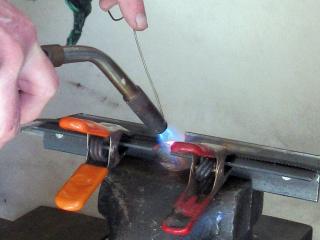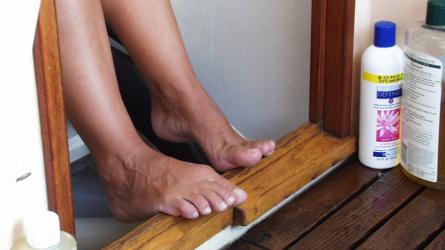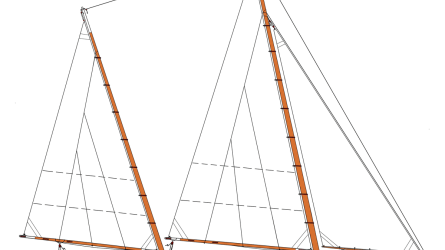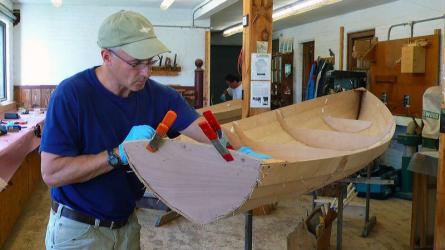September / October 2025
SKILLS 101
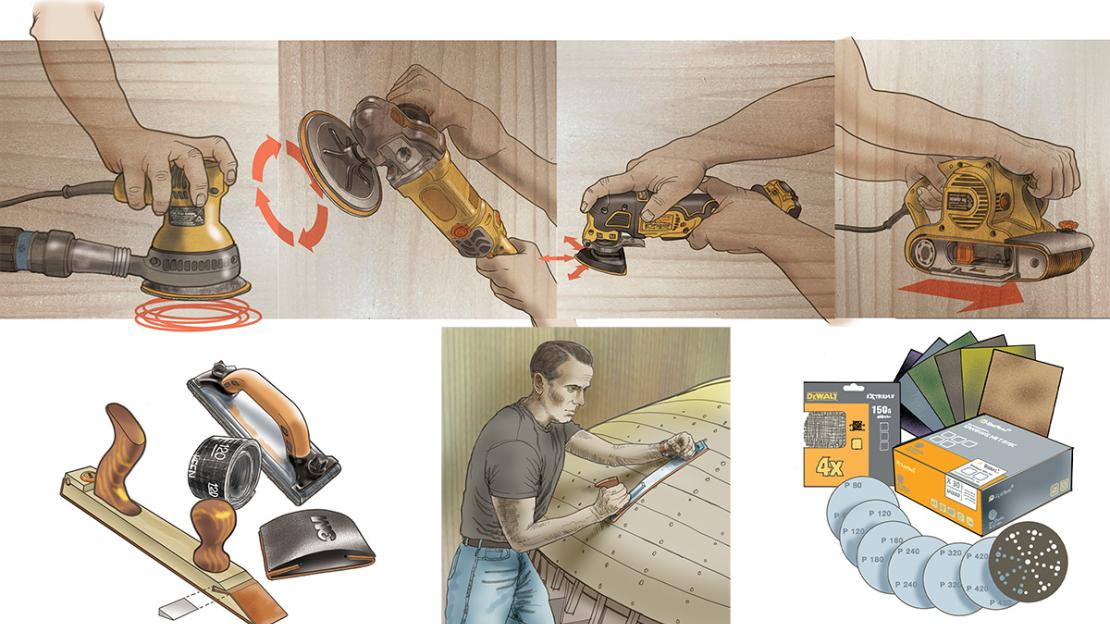
Fake beams in ranchburger tract houses emphasize the rough timber gouges of the primitive builder to strike a note of “Early American” authenticity. We shouldn't insult our ancestors. Early American builders were not primitive. They took as much pride in their work as our boatwrights. If the old fellah’s toolbox was basic, you might detect the faint patterns of crosscut sawing to a struck line and smoothing with a broadax. But if he had an adze, the surfaces would be clean and even. Adzemen seldom kept all their toes but had a keen sense of finish.
Like your ancestors, you want your work to reflect your skill, and since much of what you do will be visible trim and cabinetry, you have a high standard of smoothness. Sandpaper resolves a multitude of sins.
We know Egyptian craftsmen smoothed woodwork with actual sand (they had plenty of it). We know they used crushed emery (corundum, aluminum oxide with iron oxides) on dowels to drill holes in stone and to work detailed carving. Egyptian women probably even had emery boards to shape their nails just as modern women do. The earliest actual sandpaper we can recognize was used by Chinese woodworkers of the 1300s—crushed shells, seeds, and sand were bonded to animal-hide parchment with animal-hide glue. The skin of some sharks, rough with toothy denticles, was also used as an abrasive. In the 17th century, sand stuck to paper appeared, and sometimes crushed glass was the medium.
A chisel or plane or a dozen other tools we use today would be familiar to woodwrights from a thousand years ago. Like the shark, they didn’t need to evolve far from their purpose. We could say the same of sandpaper. What’s not to like? An abrasive bonded to a flexible sheet in several grades of aggressive or mild grit, used to smooth, delete, or bring a surface to a finish. It’s a timeless convenience. Only the names are anachronisms. We can’t find sand, ground glass, emery, or crushed shells in our sandpaper; technology made them all obsolete.
To read the rest of this article:
Click the button below to log into your Digital Issue Access account.
No digital access? Subscribe or upgrade to a WoodenBoat Digital Subscription and finish reading this article as well as every article we have published for the past 50-years.
ACCESS TO EXPERIENCE
Subscribe Today
1 YEAR SUBSCRIPTION (6 ISSUES)
PLUS ACCESS TO MORE THAN 300 DIGITAL BACK ISSUES
DIGITAL $29.00
PRINT+DIGITAL $42.95
Subscribe
To read articles from previous issues, you can purchase the issue at The WoodenBoat Store link below.
 Purchase this issue from
Purchase this issue from


